Project Search
Are you looking for reporting templates for your project?
Search
Sort Results
Refine Results
Focus Area
Region
Principal Investigator(s)
Project Partners
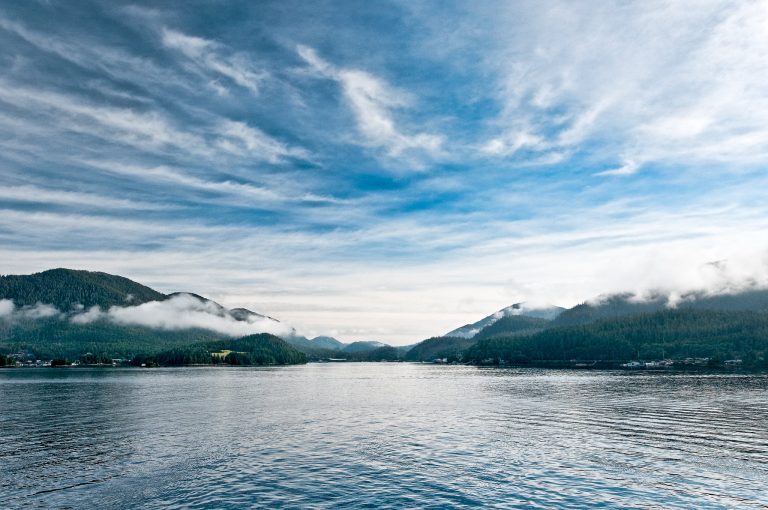
Why we care:Alaskan Native communities rely on healthy marine ecosystems for work, sustenance and their way of life. Ocean acidification has documented impacts to marine life and these communities. An..
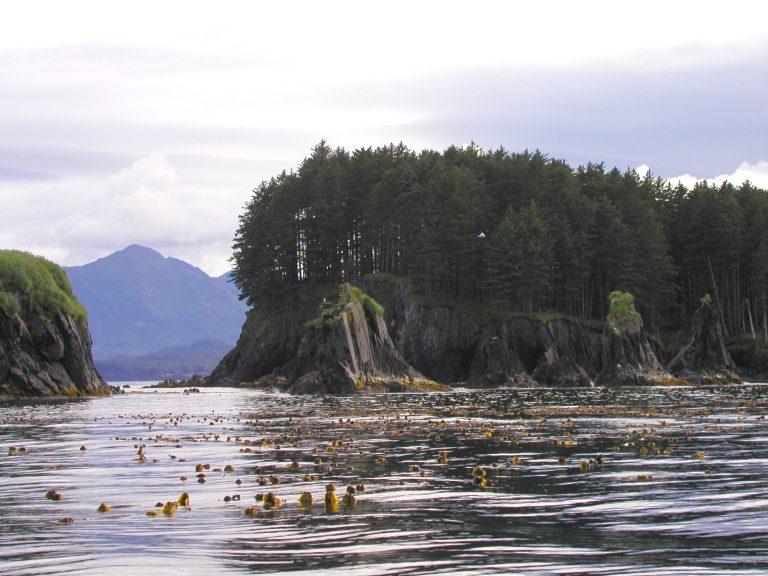

Why we care:Alaskan Native communities rely on healthy marine ecosystems for work, sustenance and their way of life. Ocean acidification has documented impacts to marine life and these communities. Community..
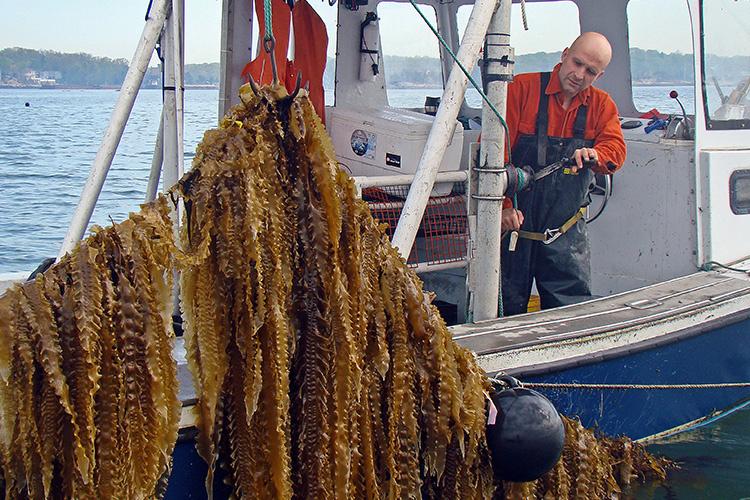

- PI(s): Andreas Andersson
- Fiscal Year Funded: 2023
Award amount: $1,451,575Duration: 3 yearsFunding agency: NOAA Ocean Acidification Program (OAP), National Oceanographic Partnership Program (NOPP) Why we care Growing seaweed in the ocean could be one way to alleviate some..
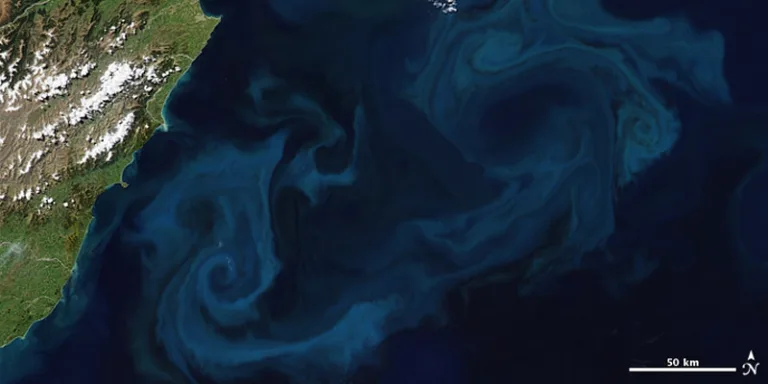

- PI(s): Dennis McGillicuddy
- Fiscal Year Funded: 2023
Why we care Iron is a critical limiting nutrient for phytoplankton in the ocean. Iron fertilization adds this limiting nutrient to promote phytoplankton blooms as a way to take up..
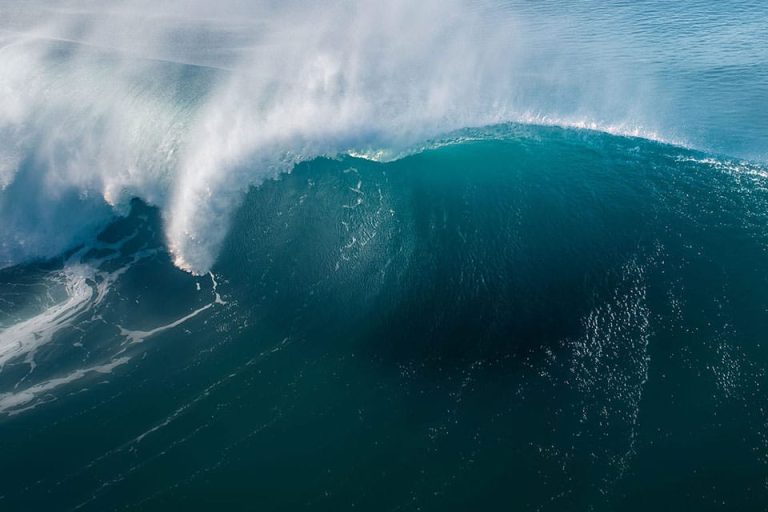

- PI(s): Burke Hales
- Fiscal Year Funded: 2023
Why we care Ocean alkalinity enhancement has the potential to capture carbon and mitigate ocean acidification. While ocean alkalinity enhancement is a promising approach for removing carbon from the atmosphere,..
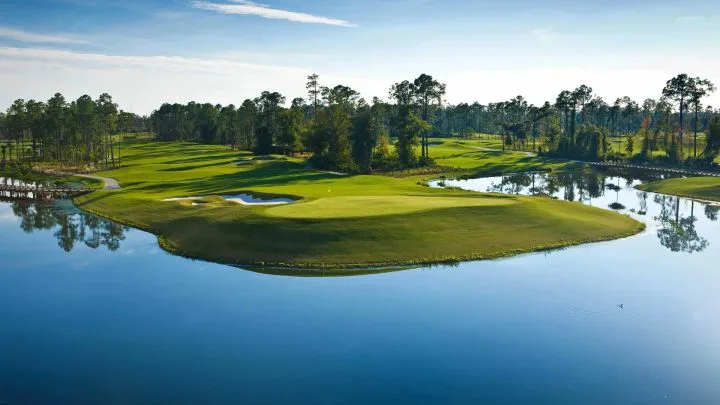

- PI(s): Jaime Palter
- Fiscal Year Funded: 2023
Why we care Terrestrial liming, or the addition of a basic (alkaline) material like calcium carbonate to crops and lawns is a common agricultural soil treatment. When applied on land..


